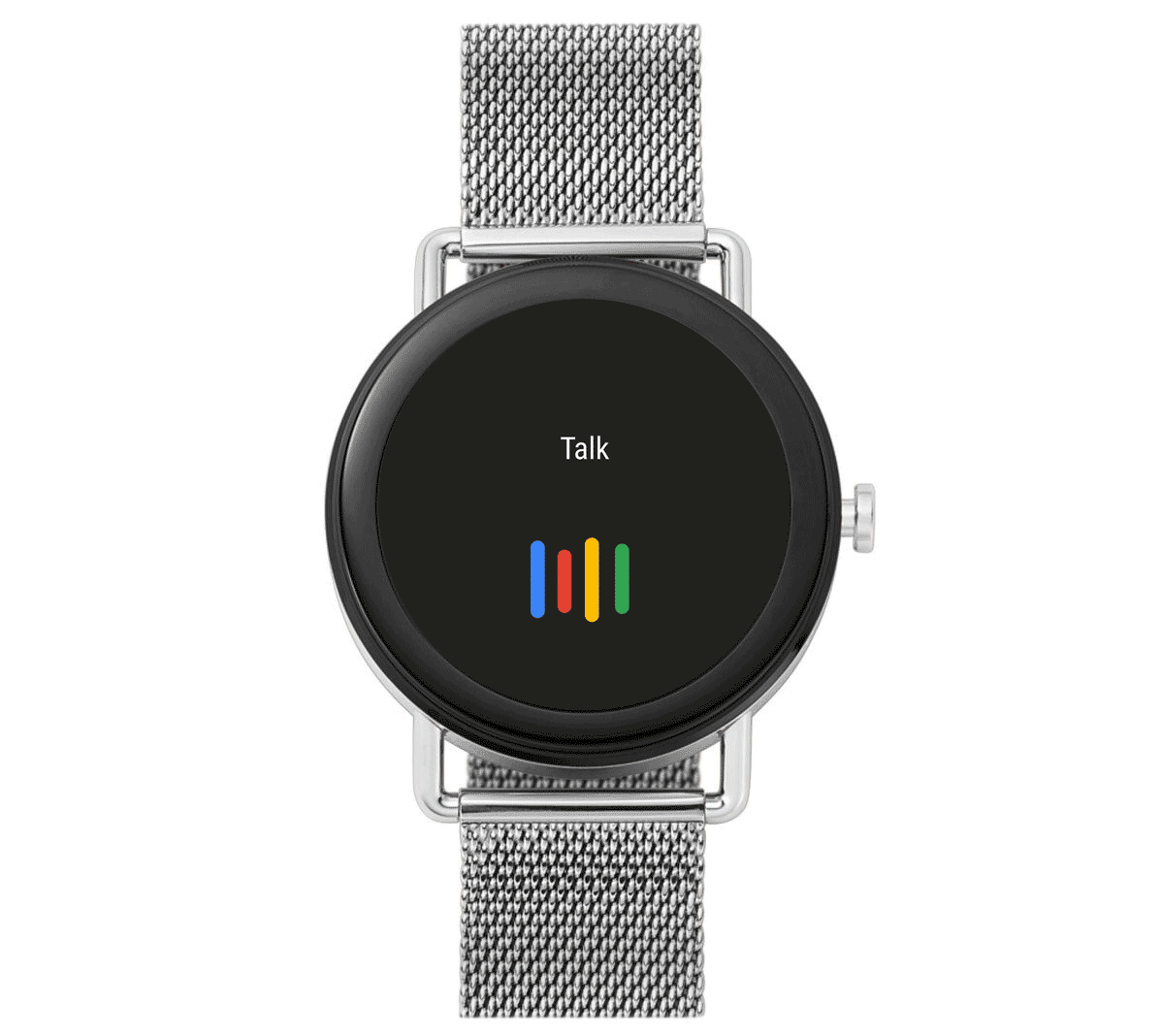When Google purchased Fitbit for a cool 2.1 billion US dollars, there were immediately high expectations. Perhaps some of the expectations were born from hope, but – being honest – this could be the last roll of the dice for WearOS. The hopes are that with the acquisition of Fitbit include improving the fitness and general health monitoring. Given the very basic current functionality, that would be a big deal for WearOS to catch up to others.
The team at Droid Life have received a copy of a survey from the Google User Experience research team. In their breakdown, Droid Life has summarised the highlight which gives foundation to the hope of major changes in WearOS. If even half of the suggested changes are included in future updates, the improved functionality takes WearOS from a step counter and notification devices to a realistic health and fitness tracking option.
- SPO2 Tracking: Keeps track of the level of oxygenation in the blood and alerts if levels fall below normal levels
- Smart Alarms: Wakes you up in the morning at the appropriate time in your sleep cycle so you feel more rested
- Sleep Apnea Detection: Monitors and detects symptoms of sleep breathing abnormalities and sends out alerts and advice
- Sleep Analysis: Analysis of sleep quality, and reasons for not sleeping well, and advice on improving sleep patterns
- Heartbeat Alerts: Monitors heartbeat and sends alerts if an irregular heartbeat is detected
- Automatic Workout Detection: Your smartwatch would automatically be able to detect when you start a workout and prompt you to start logging the activity
- Rep Detection: Automatic detection for number of reps for activities (e.g. push ups, squats, etc.)
- Activity Logging: Ability to manually track and edit different types of workouts and activities
- Recovery Time: Tracks the time needed between workouts to make sure that you are fully recovered
- Stress Tracking: Automatically monitors your level of stress to help you build better awareness to manage stress
- Medical Device Pairing: Pair watch with medical devices (e.g. blood sugar, blood pressure monitors) so that readings can be synchronised and accessed on the watch
- Gym Equipment Pairing: Pair watch to compatible gym equipment for more accurate tracking of your activities
- Indoor Air Quality: Monitors the air quality of an indoor environment
- Activity/Vitals Tracking: Automatically monitor and capture metrics for basic vitals and activities
- Share Vitals: Automatically share your heart rate and vitals with emergency services if you’ve been in an accident
- Micro-logging: Quick and easy way to manually log how you are feeling and what you are doing
- Water-Intake Tracking: Automatically tracks the number of glasses of water you drink with reminders over the course of the day to make sure that you are well hydrated
- Food & Calorie Tracking: Manually track food and calorie intake over the course of a day
- Flights of Stairs: Automatically keep track of the number of flights of stairs that you climb
- Breathing Exercises: Guided breathing exercises and reminders to help you relax and practice mindfulness
- Compass: Built-in compass to help you find your direction while hiking or driving
- Elevation Tracking: Keep track of climbing, descending and changes in altitude during workouts
- Cycle Tracking: Automatically keep track of your cycle and fertility
If the WearOS team can deliver everything referenced above well and consistently, there is a real possibility that WearOS functionality could well rival other activity wearables for functionality.
If you could prioritise the above inclusion, what would be your top 10 features to include?





No mention of performance improvements and battery life. Surely those should be the top 2?